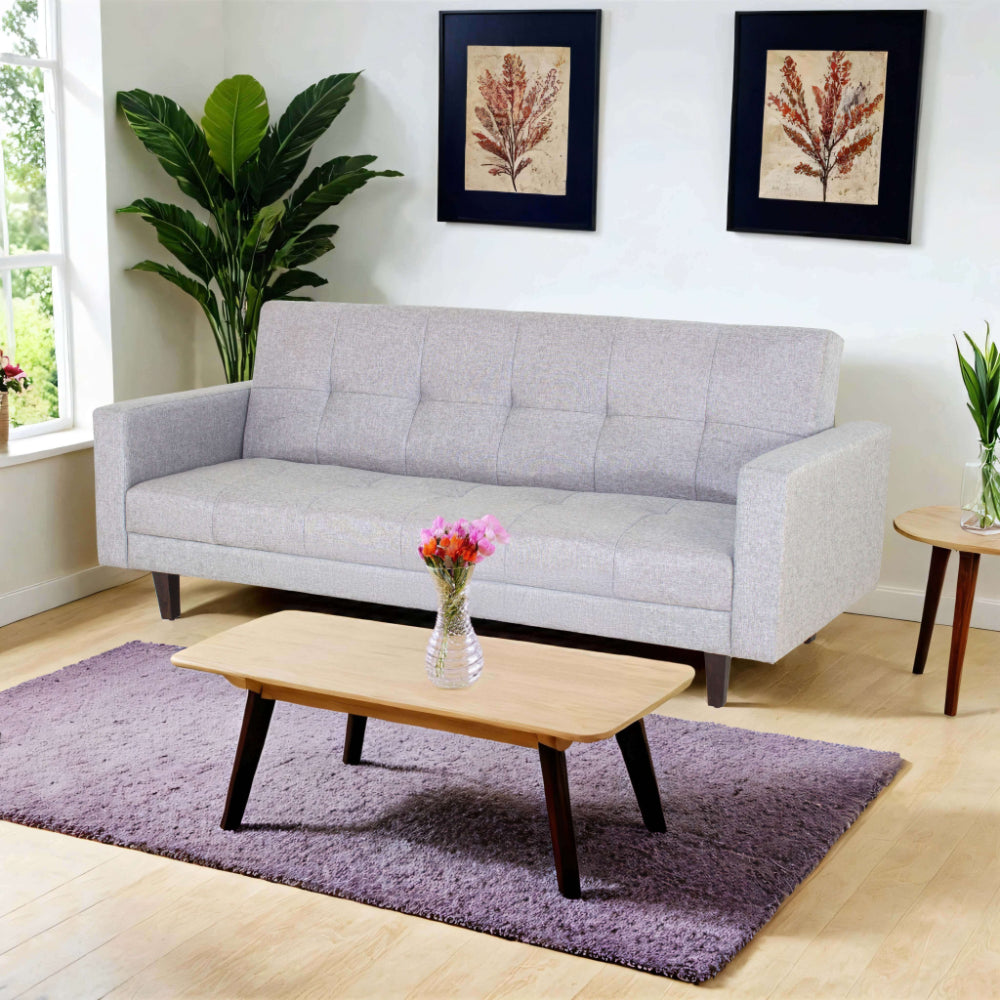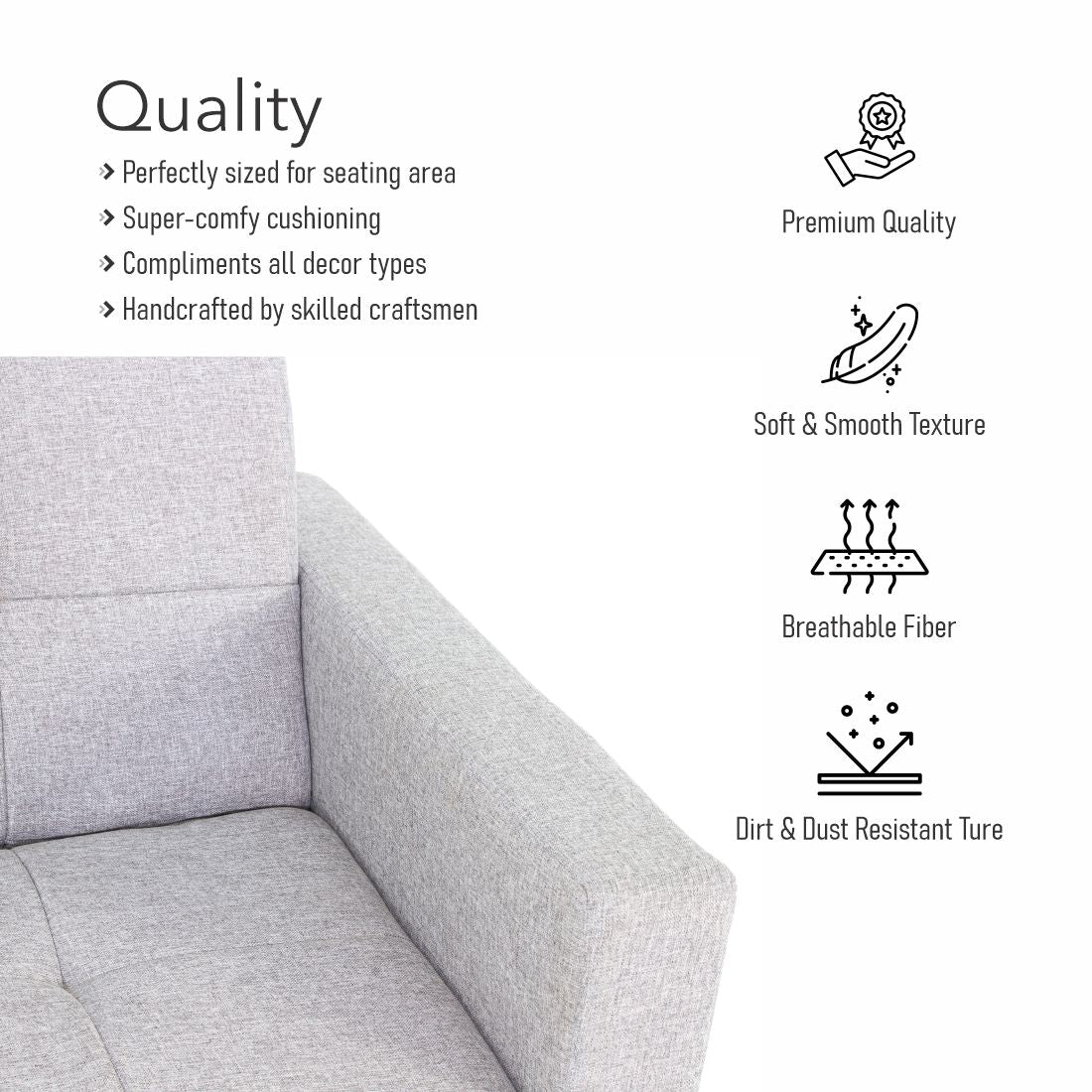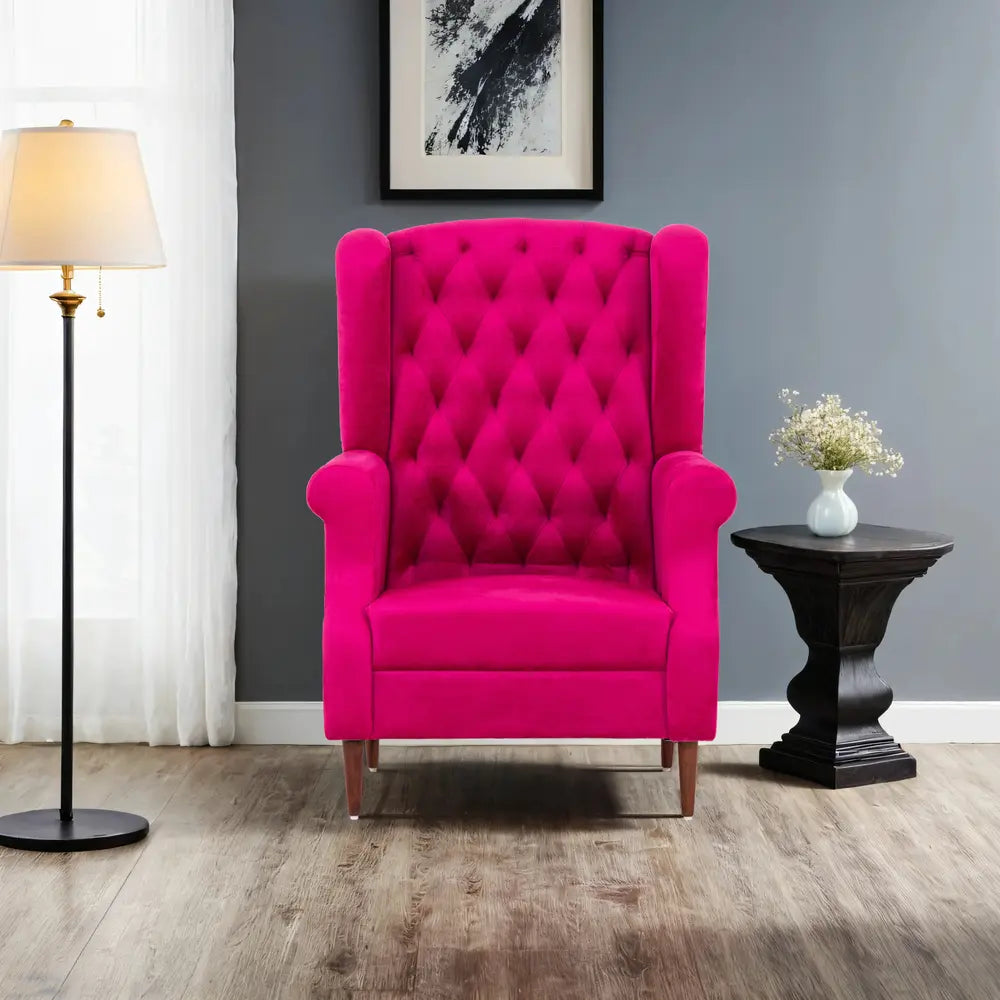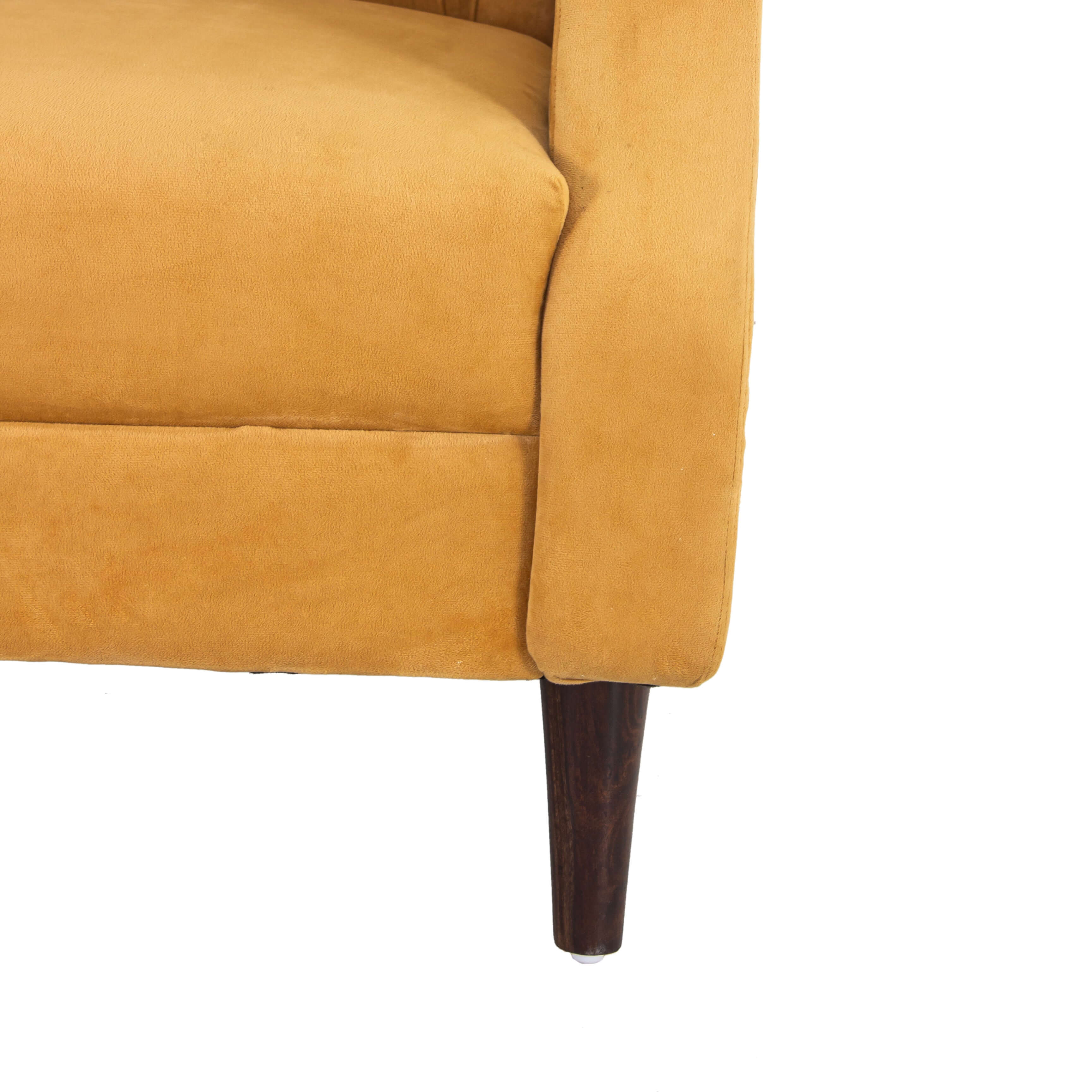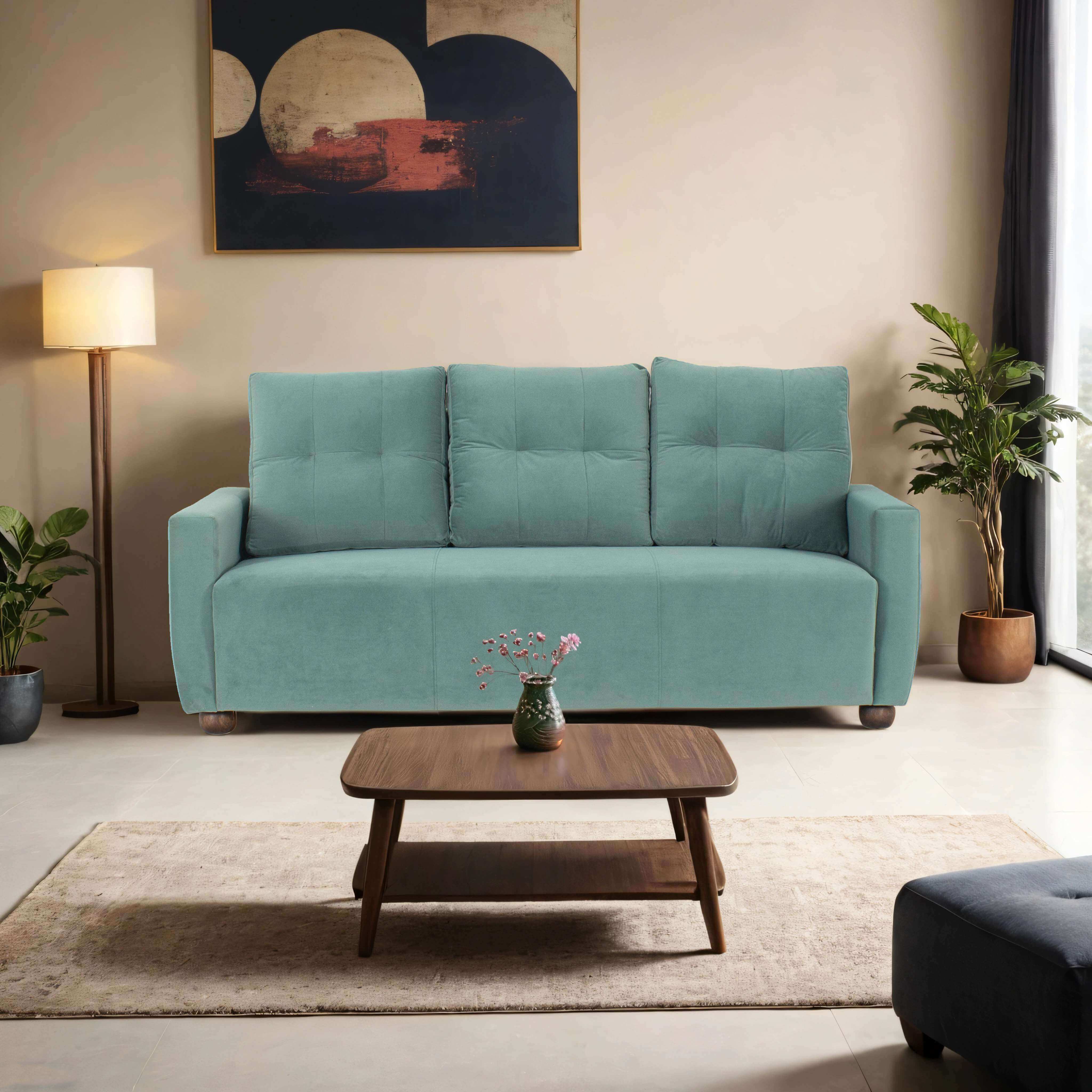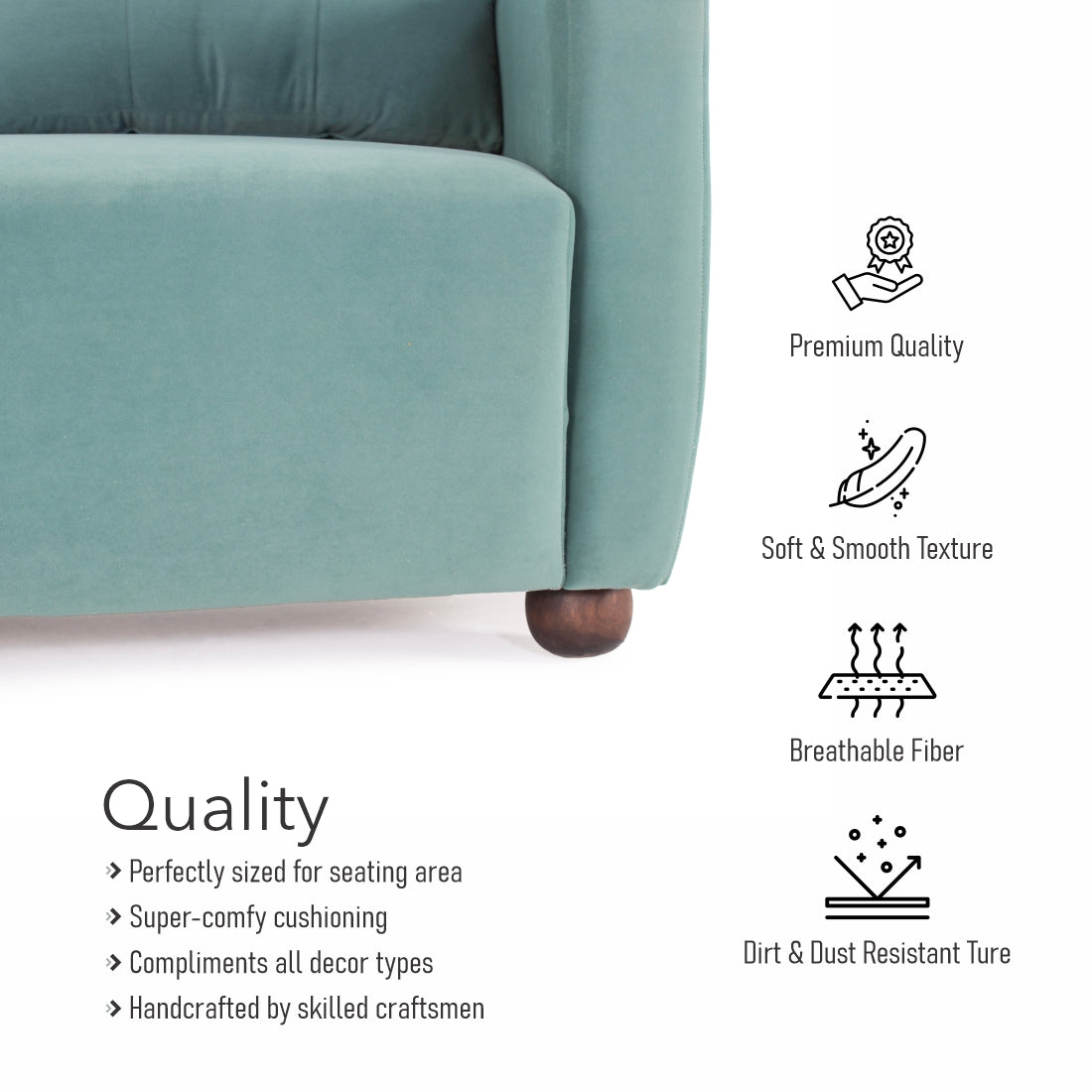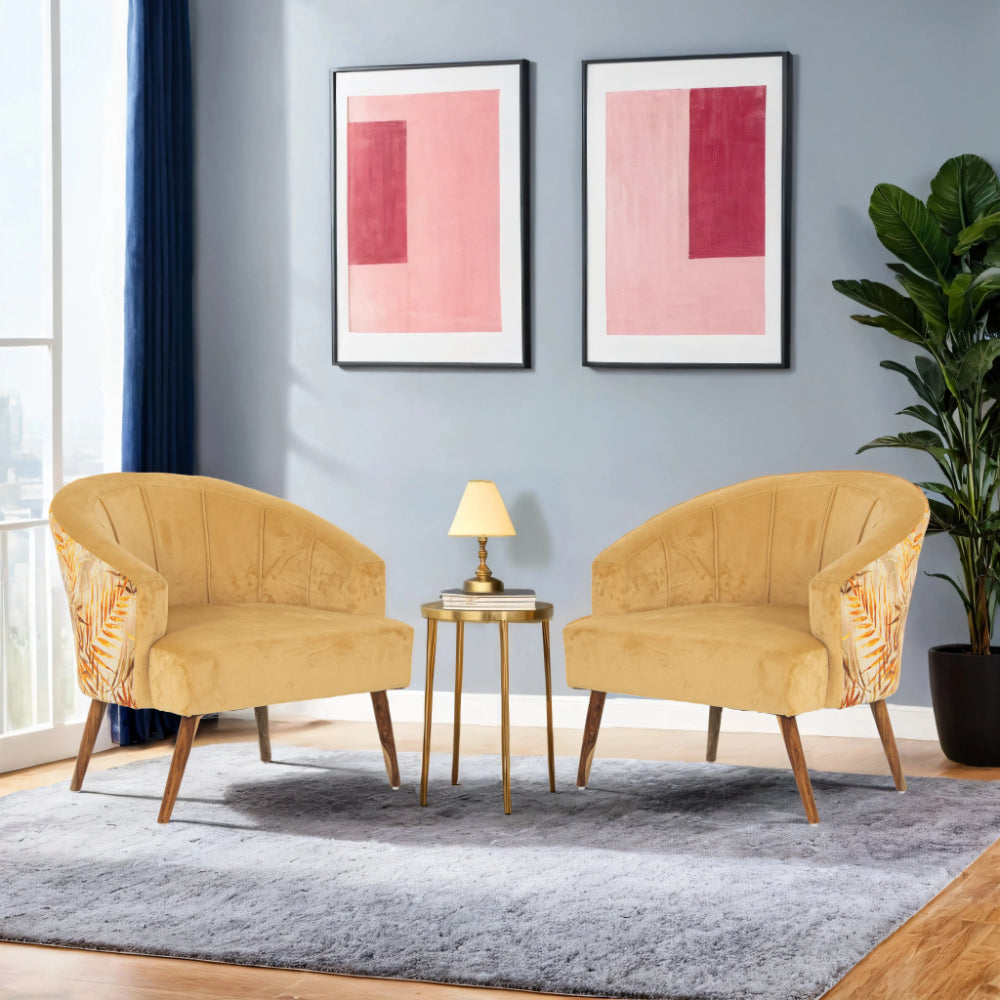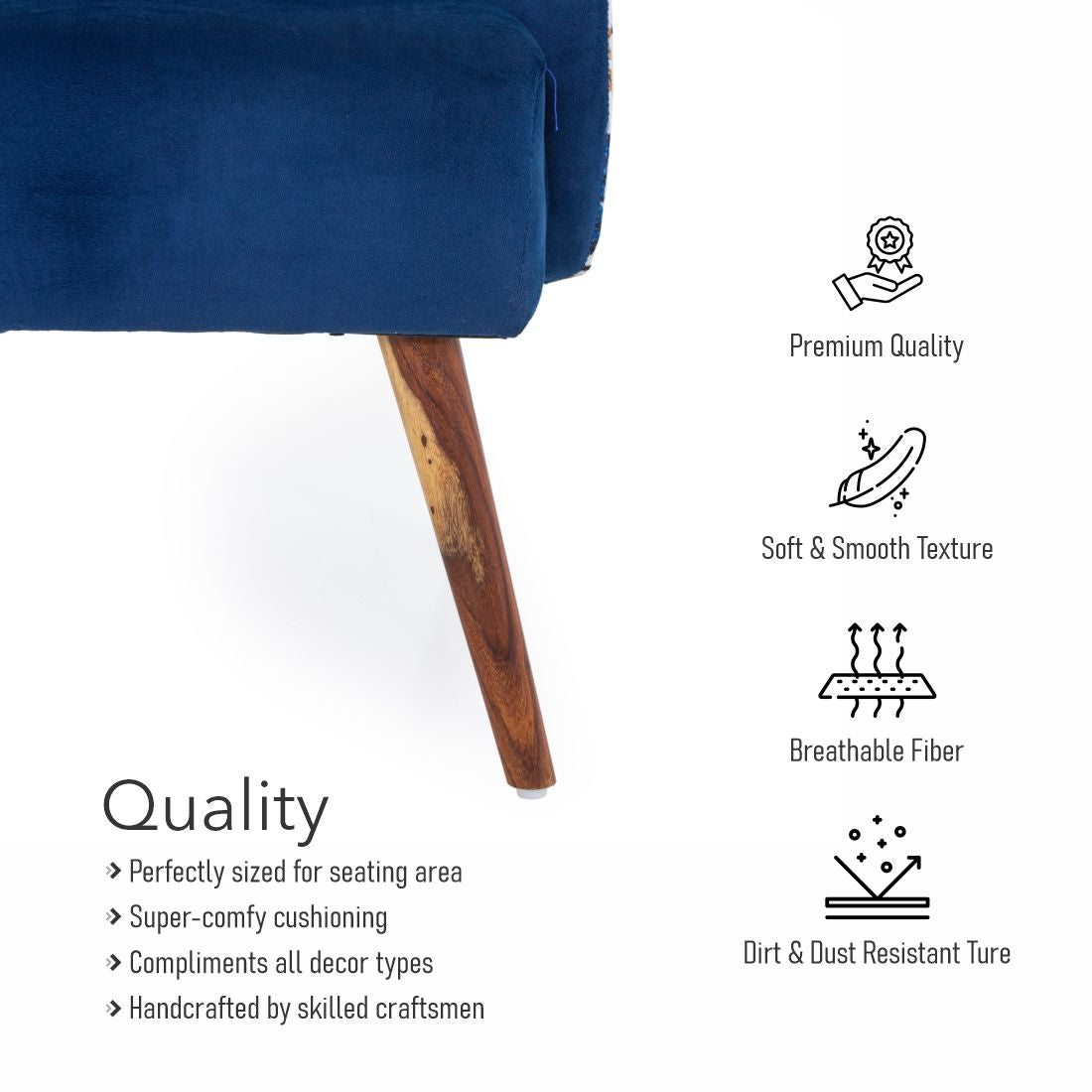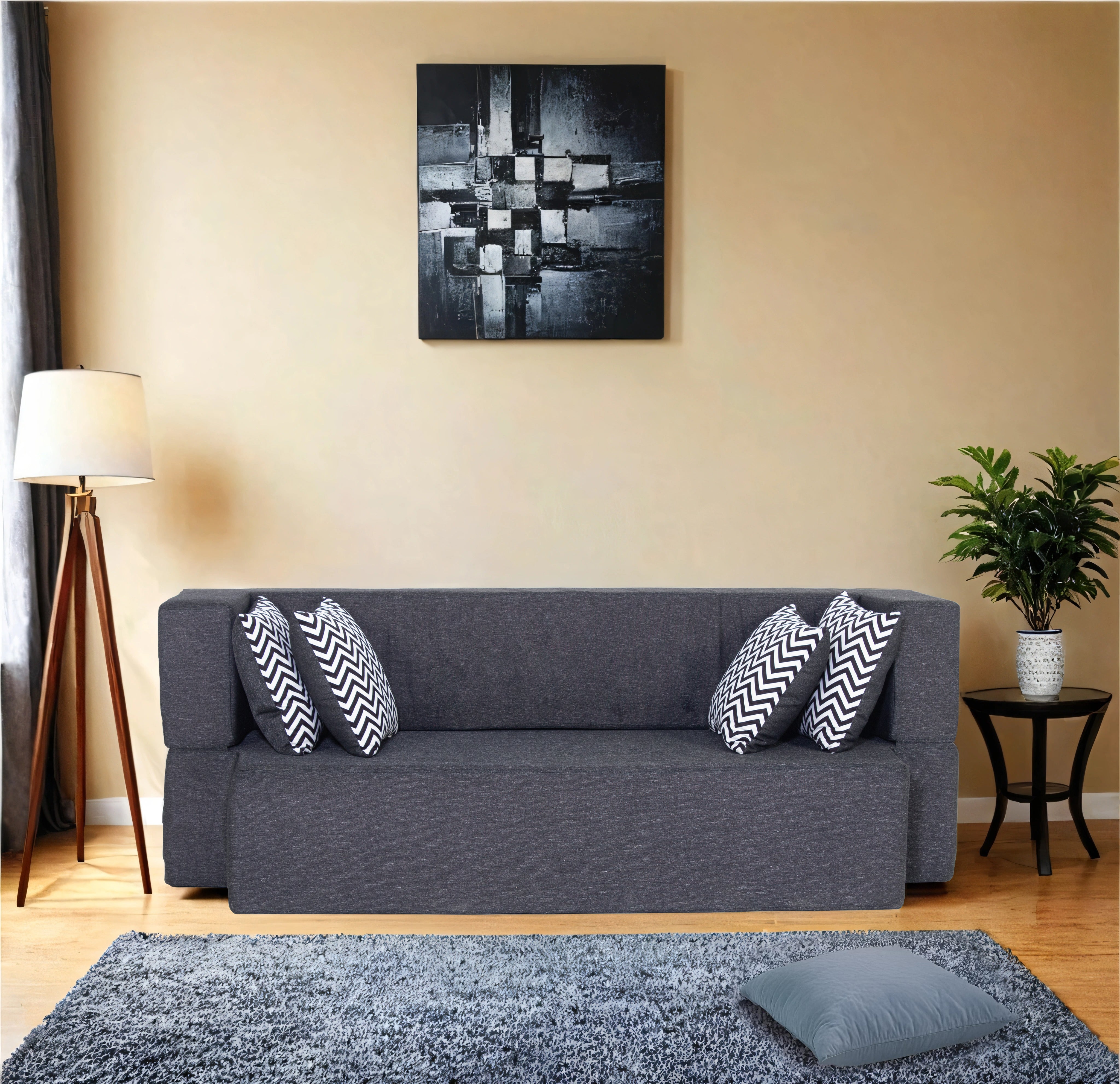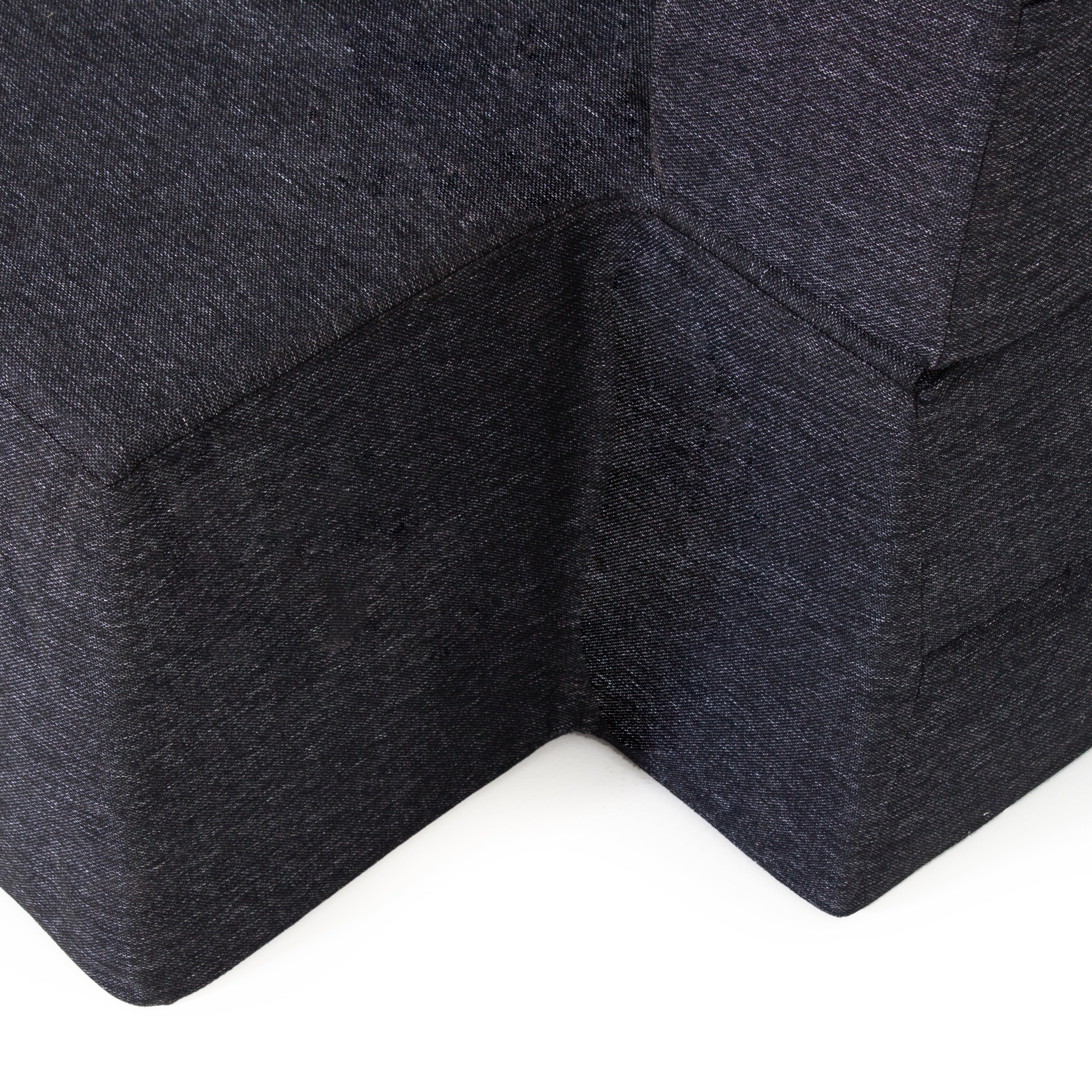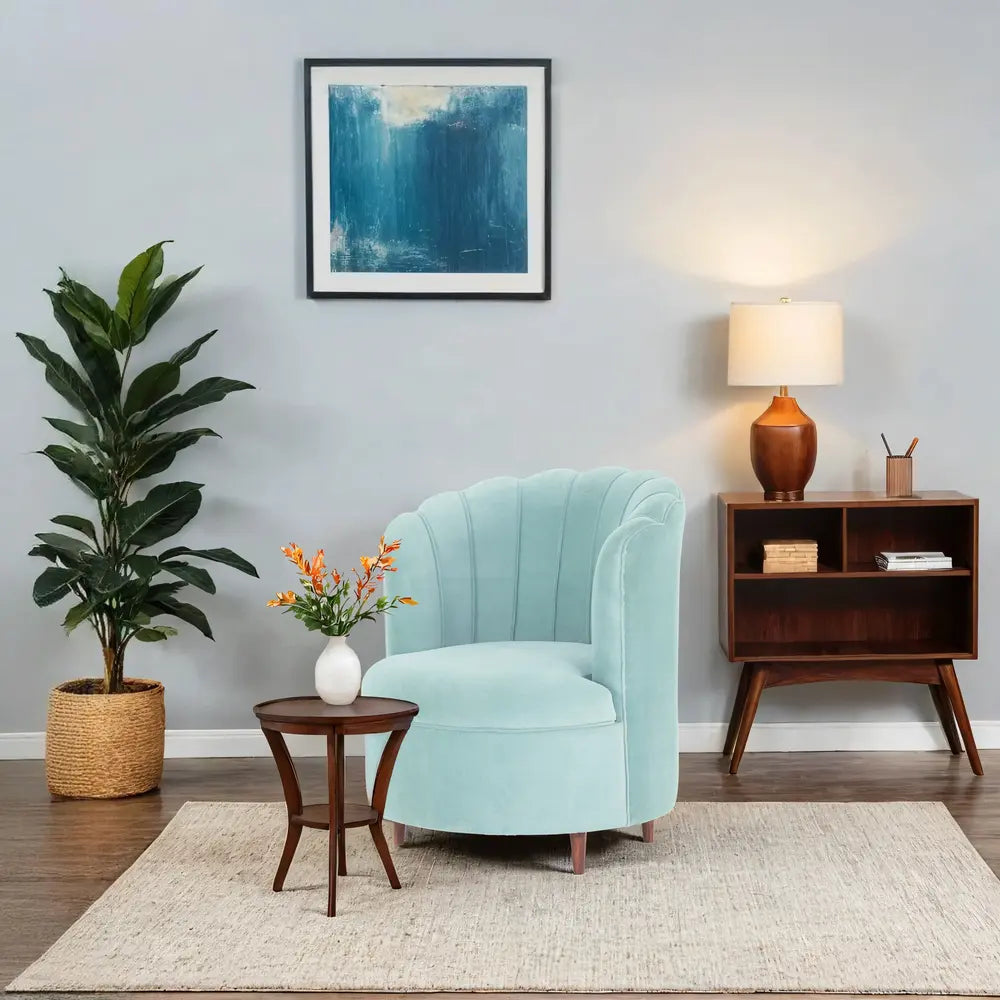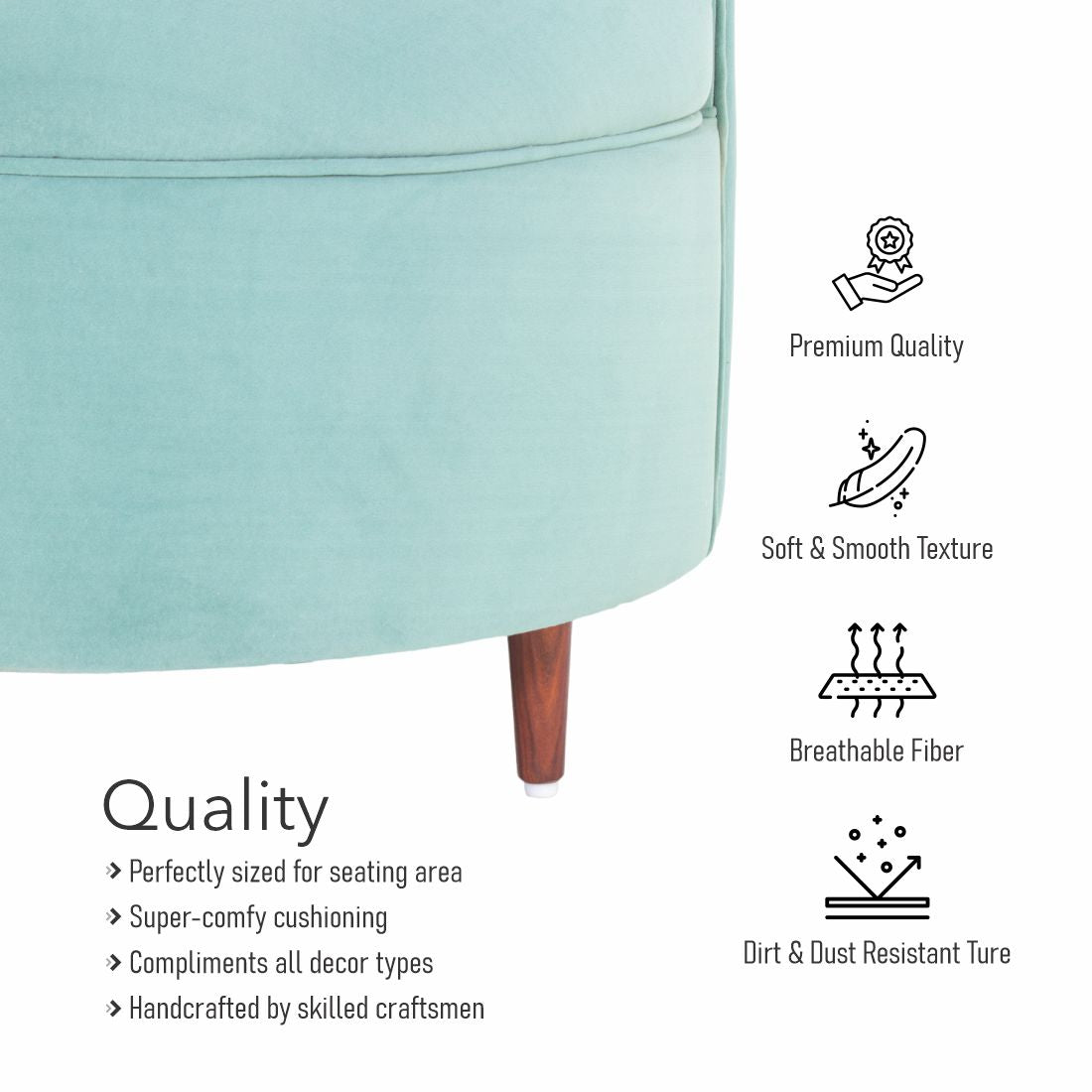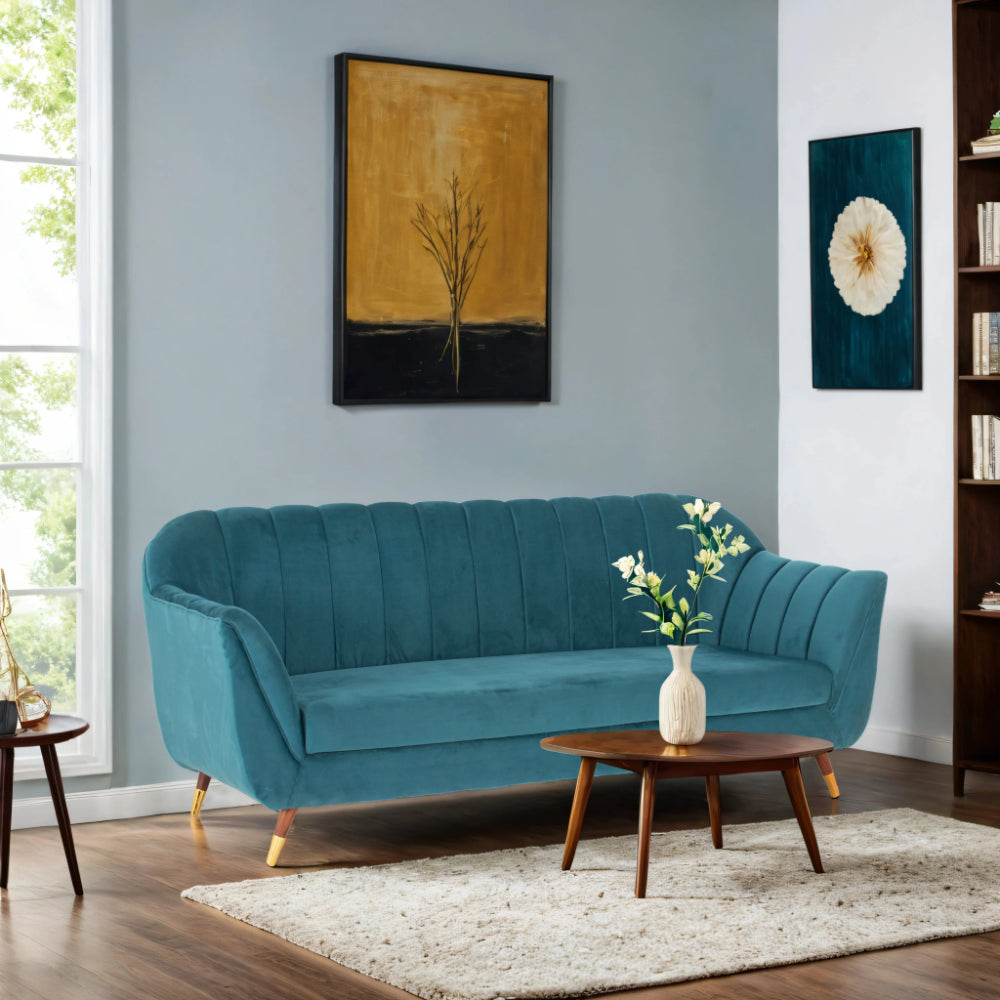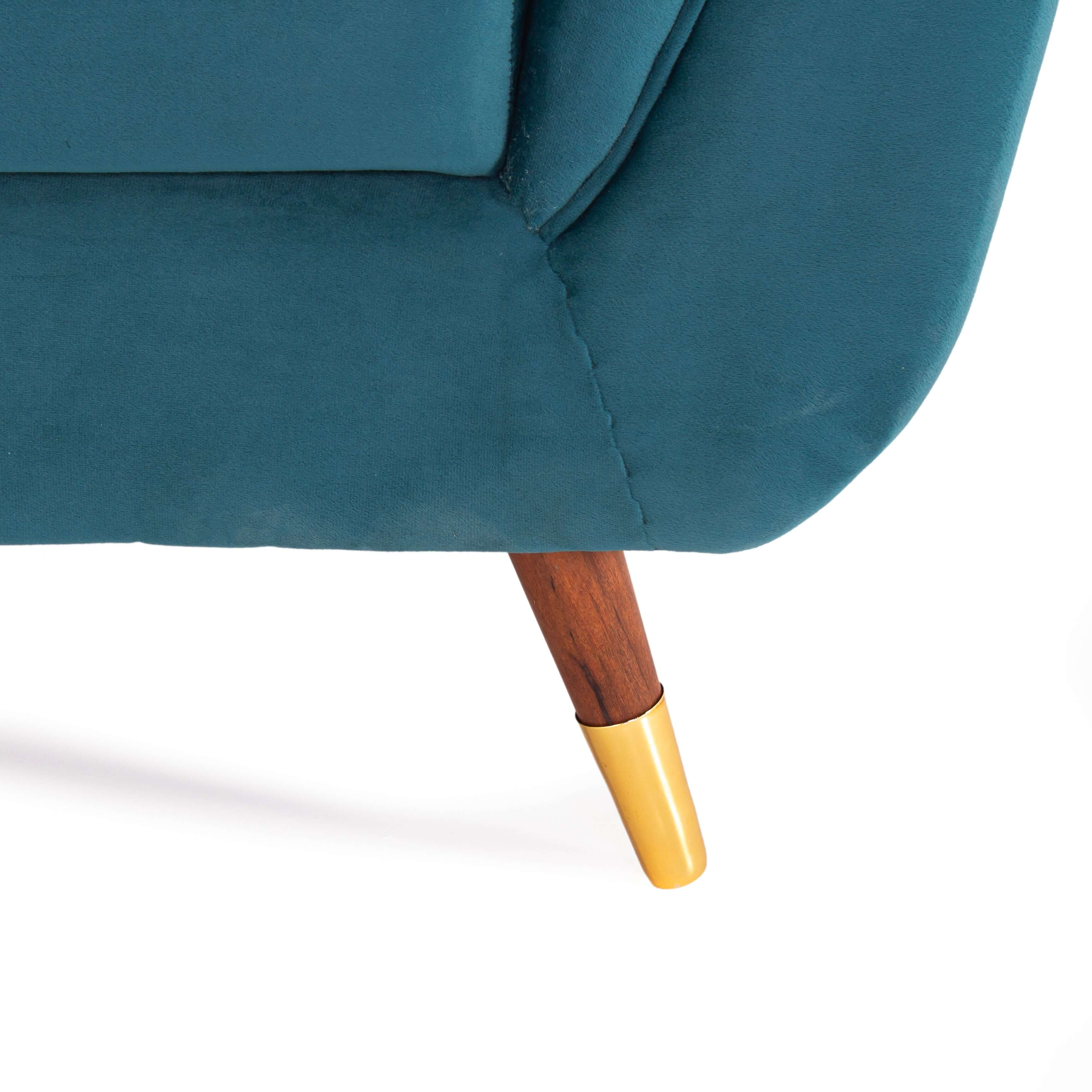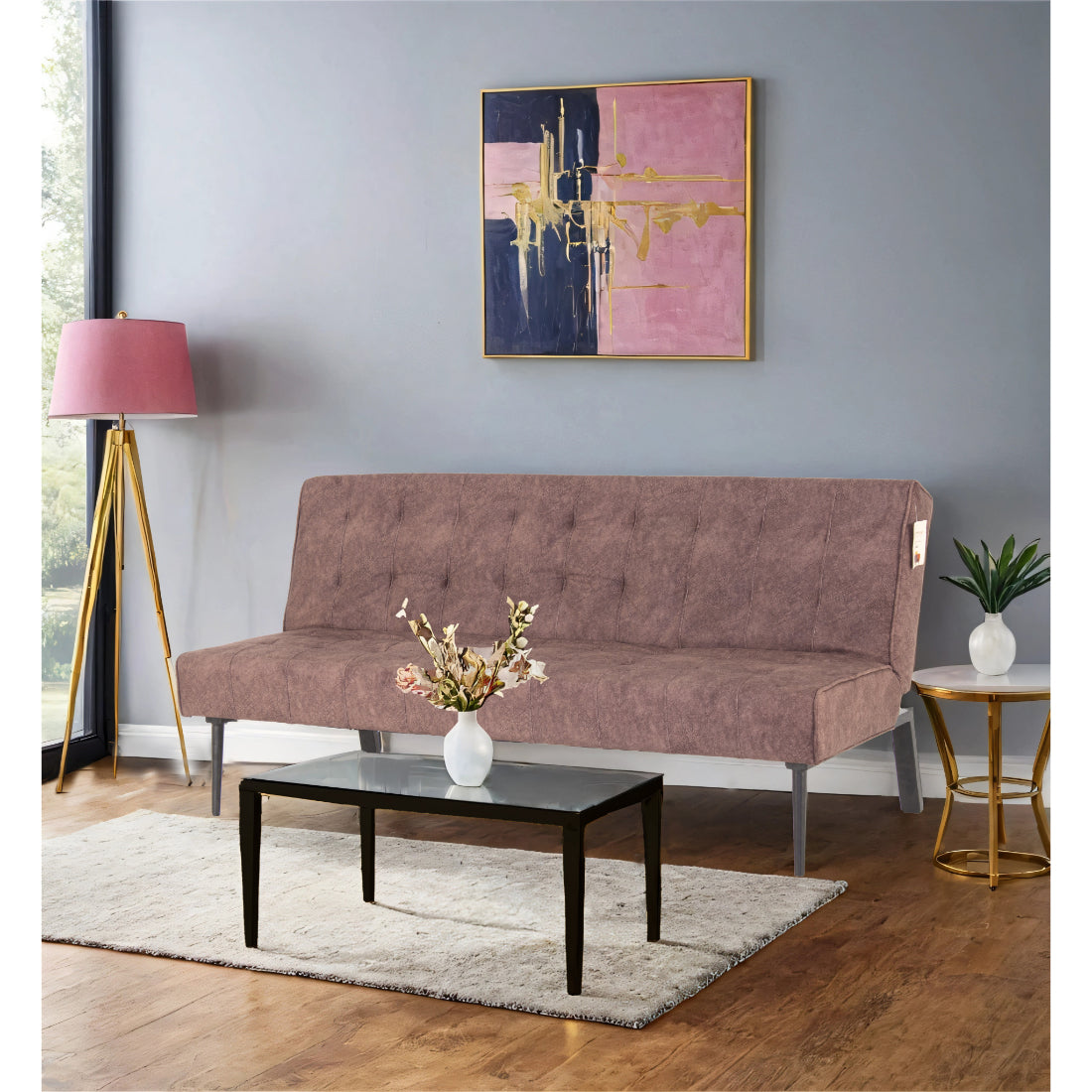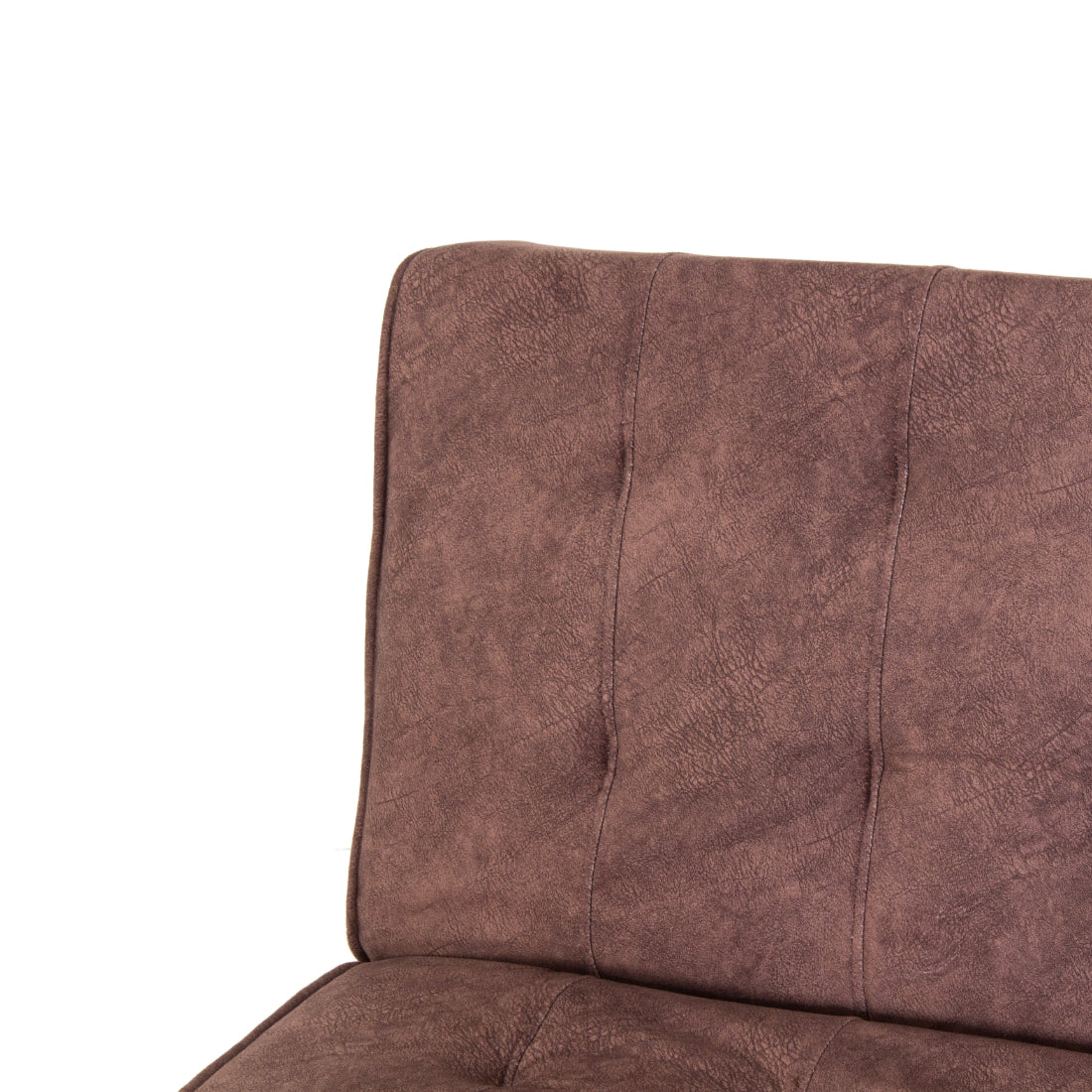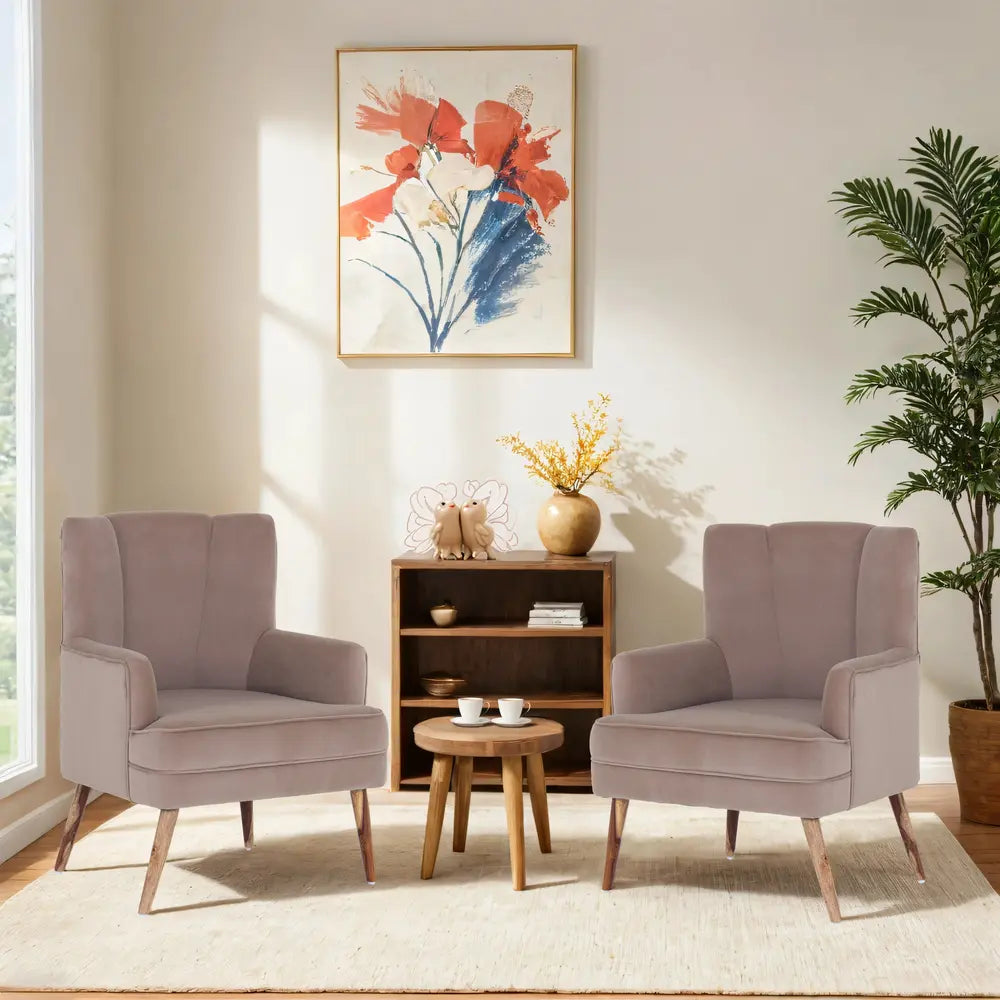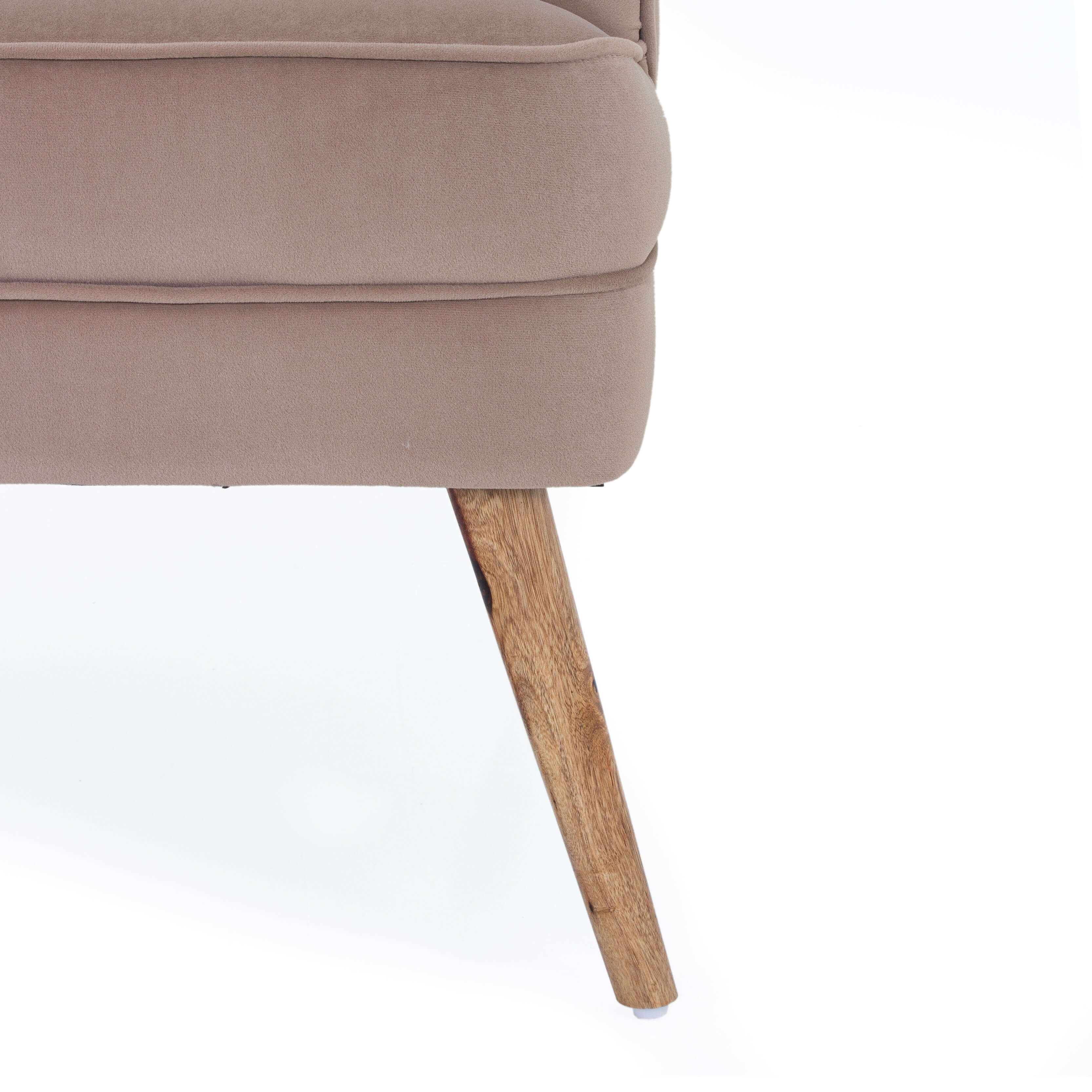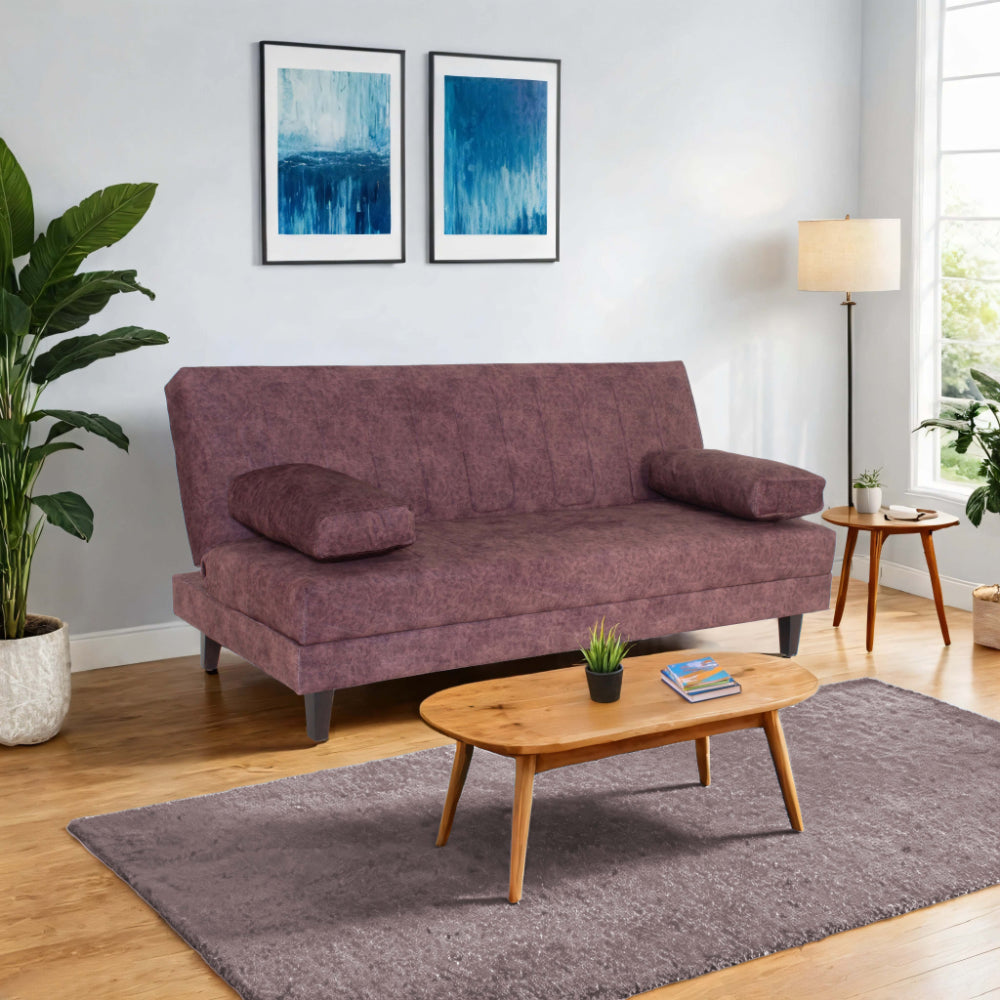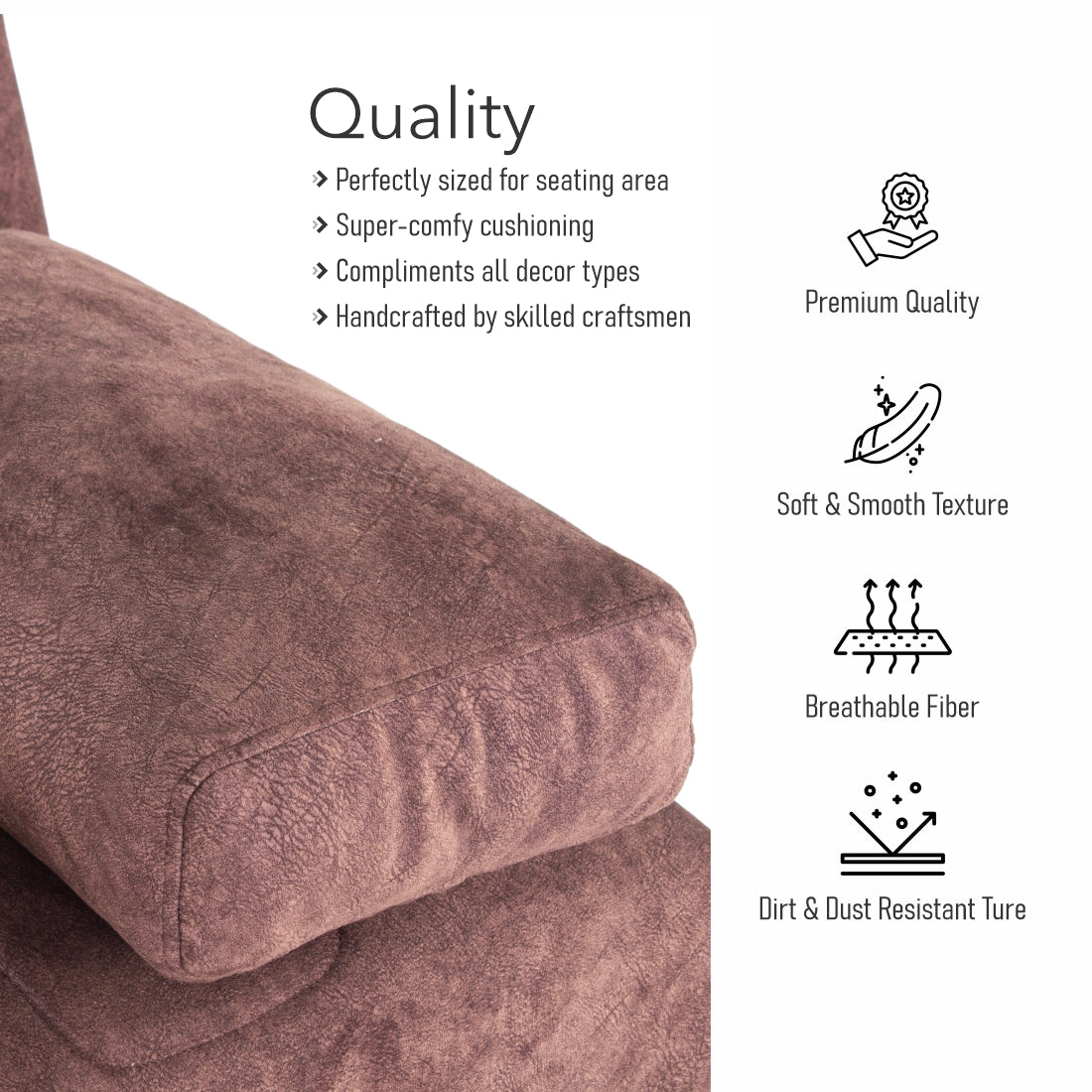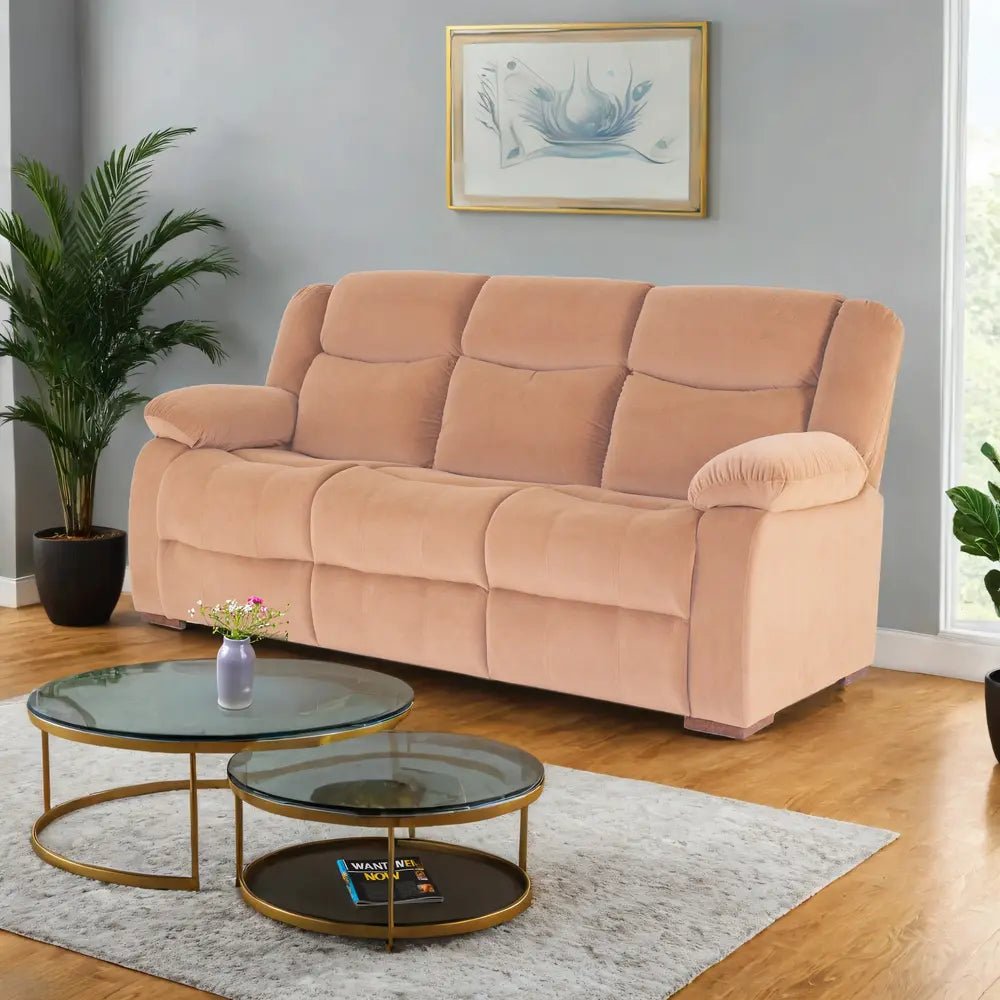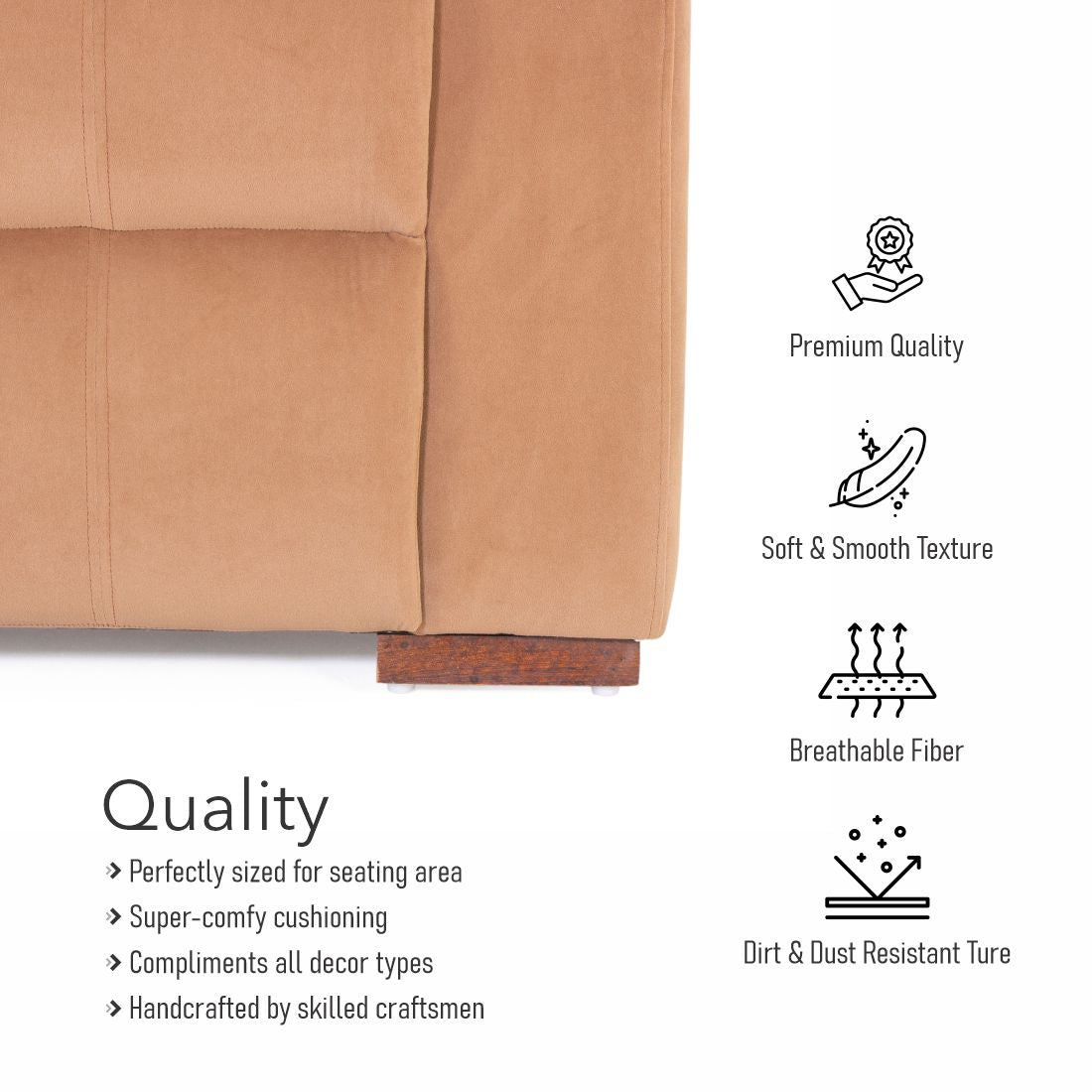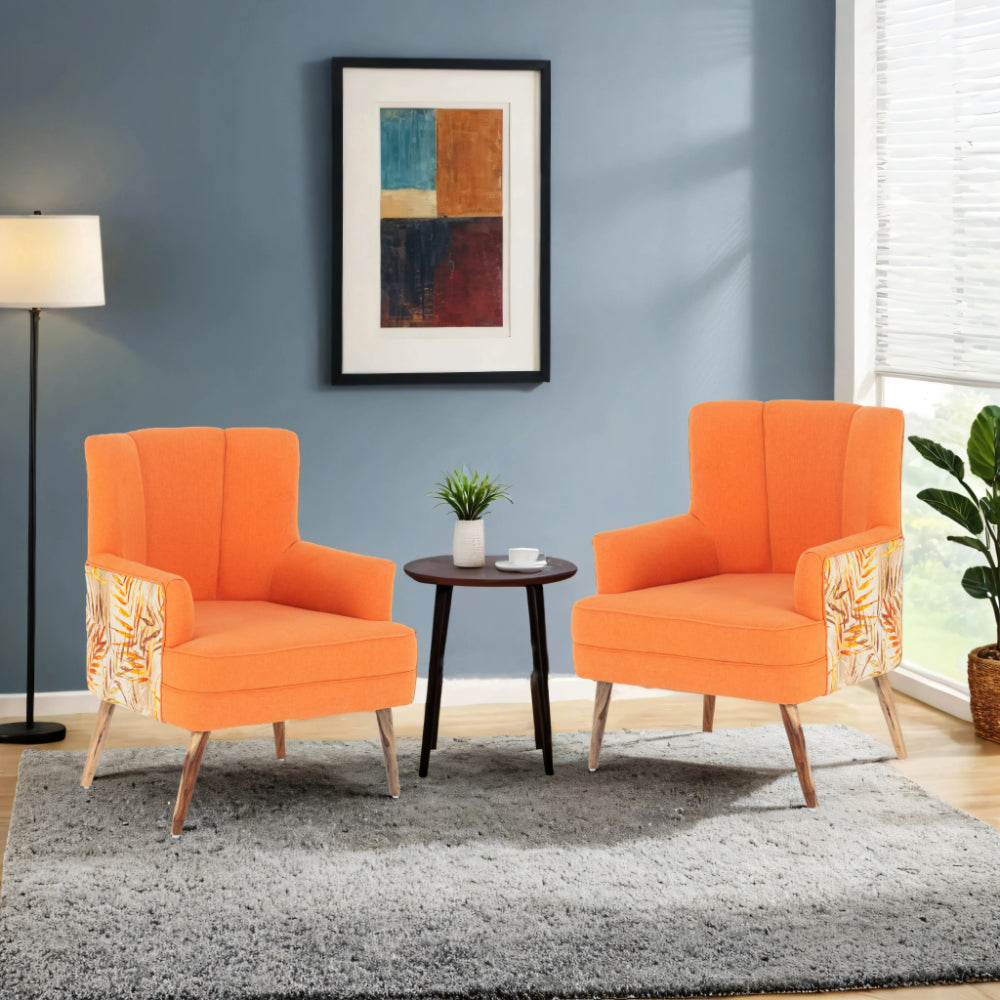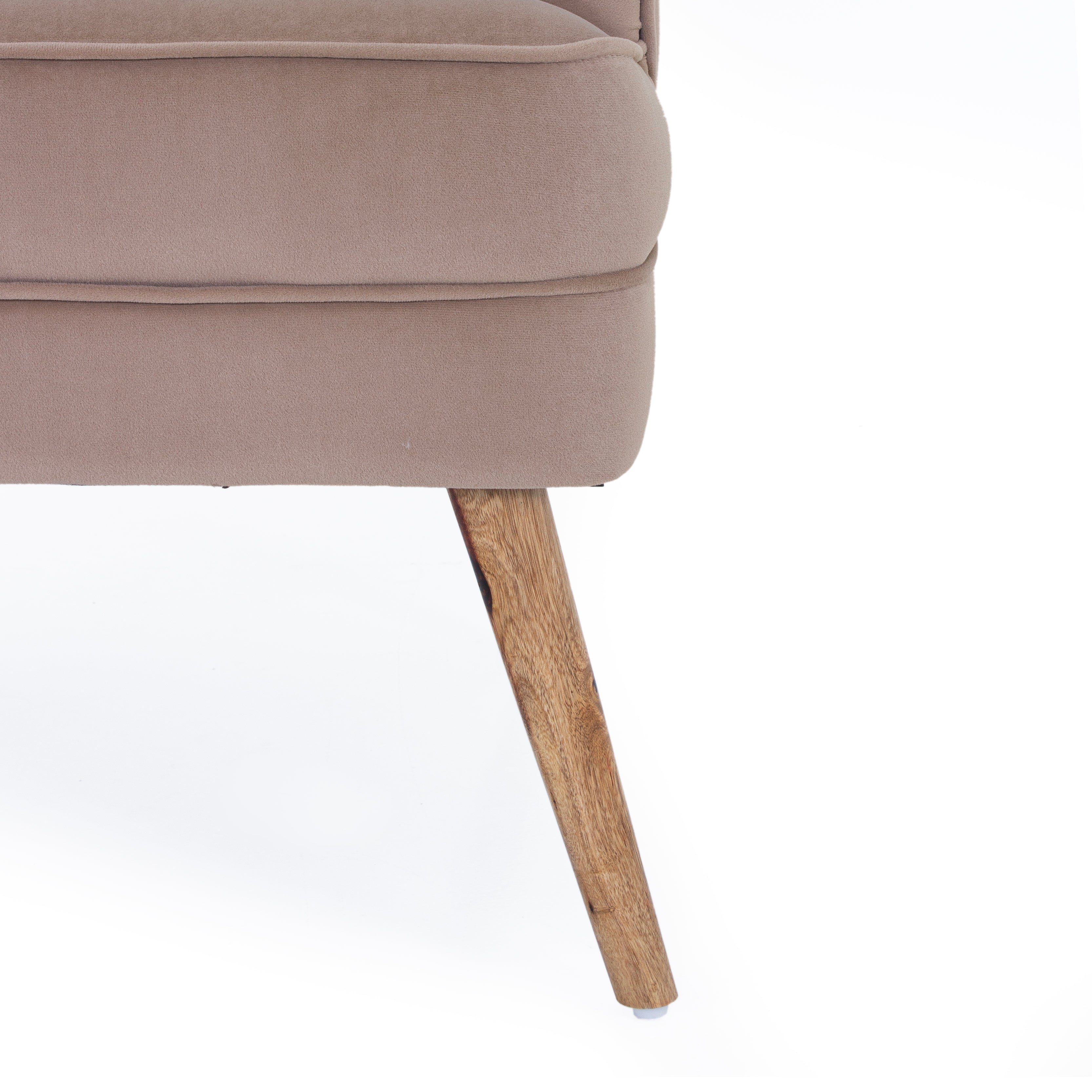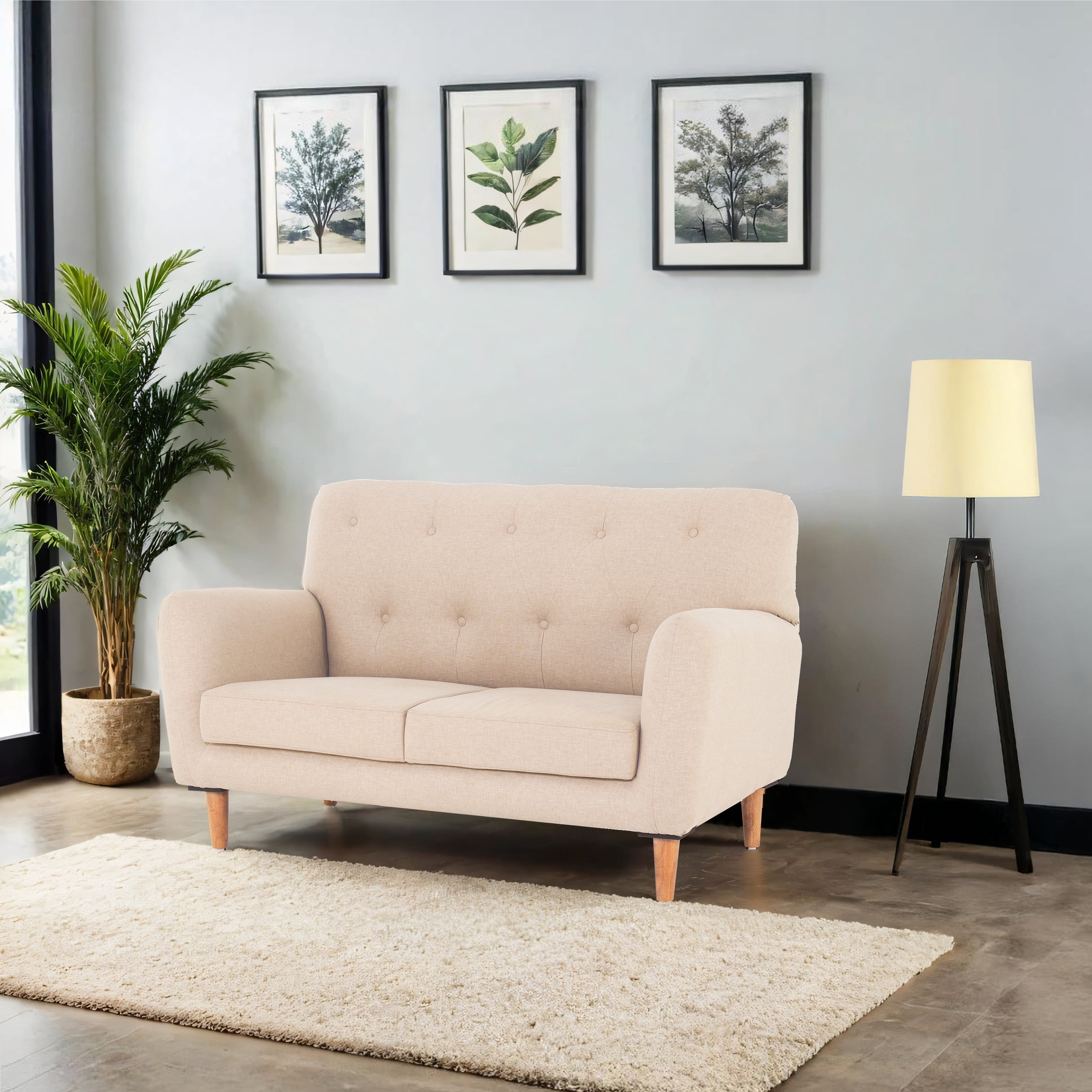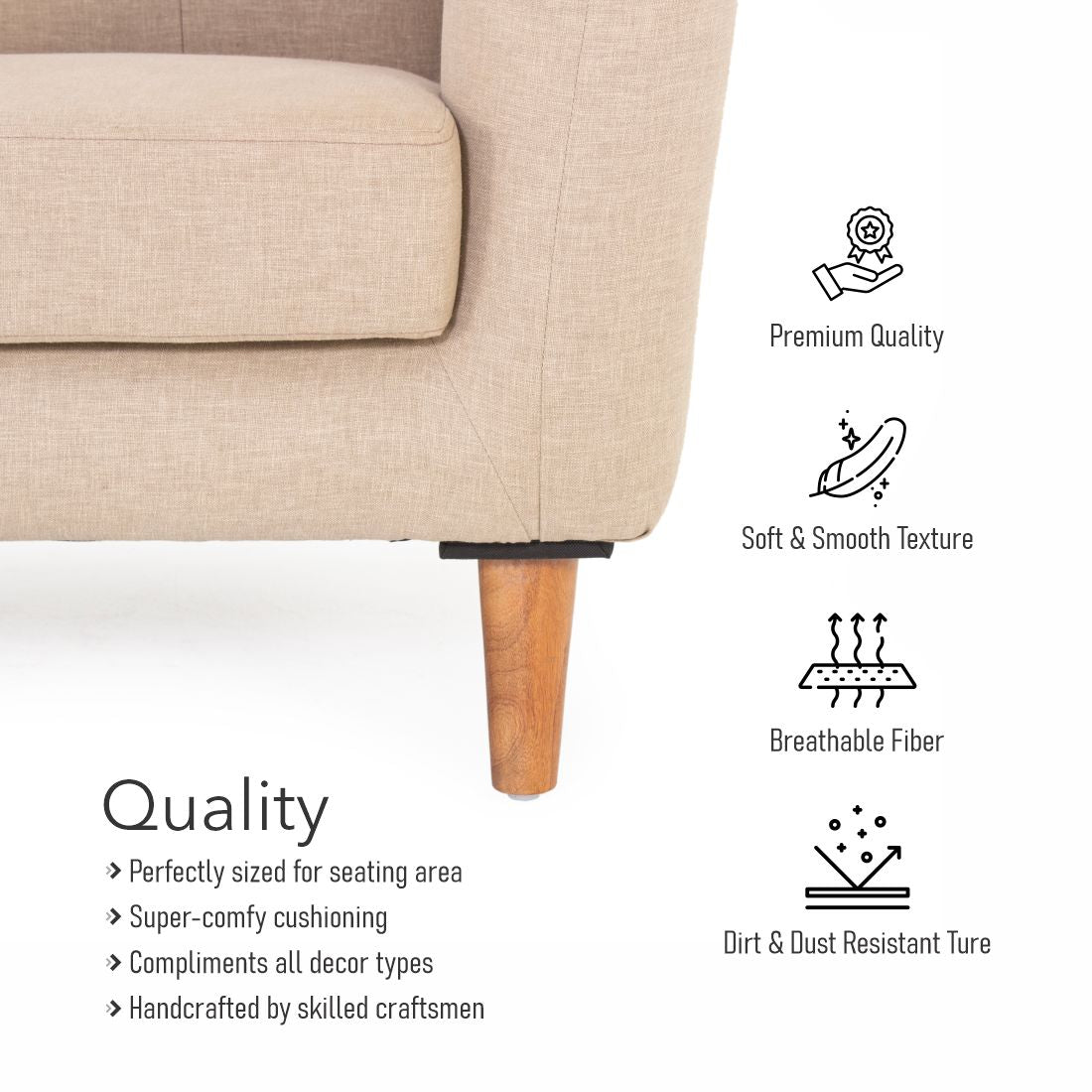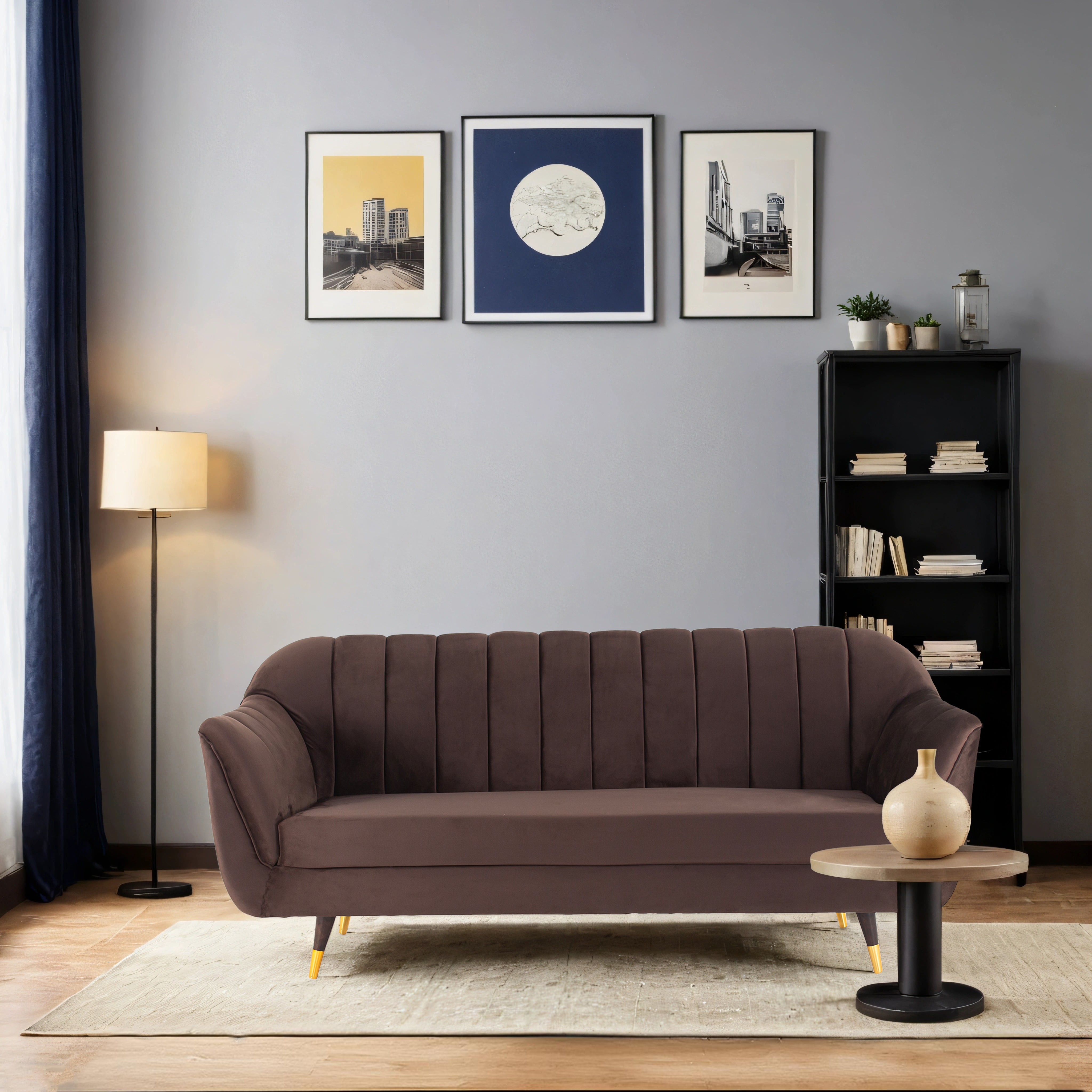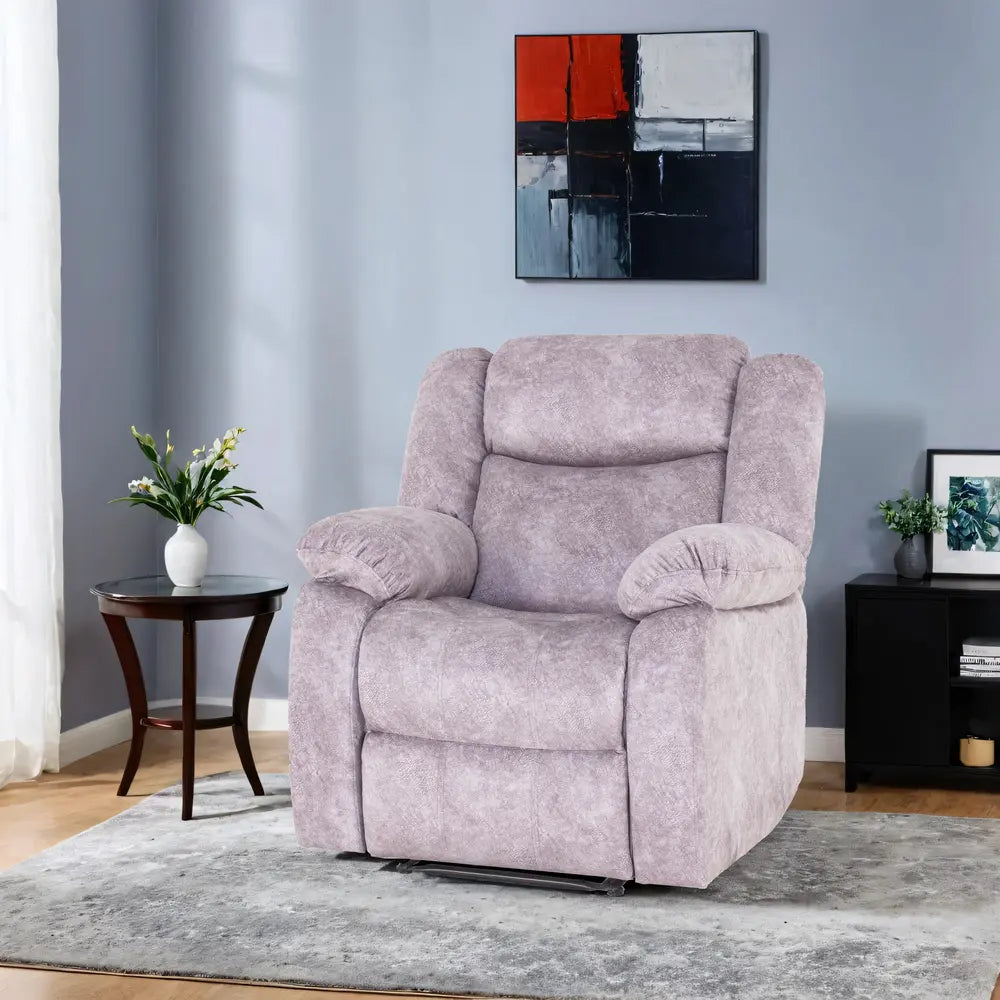
How to Choose the Right Furniture for Small Spaces

Living in a small space can be both a challenge and an opportunity for creative design solutions. When it comes to furnishing compact areas, choosing the right furniture is crucial for maximizing functionality and creating an aesthetically pleasing environment. In this blog post, we will explore some essential tips on selecting the right furniture for small spaces, helping you make the most of your limited square footage.
- Measure the Space
Before you start shopping for furniture, it's essential to measure the available space accurately. Take note of the dimensions and layout of the room to determine how much space you have to work with. Keep in mind not only floor space, but also the height of the room and any architectural features like windows, doors, or alcoves. Having precise measurements will help you narrow down your options and ensure that the furniture you choose fits perfectly in the space.
- Prioritize Multi-Functional Pieces
In small spaces, every piece of furniture should serve multiple purposes. Opt for multi-functional pieces that can fulfill more than one need. For example, consider a sofa bed or a daybed that doubles as a seating area and a guest bed. Select coffee tables with built-in storage or nesting tables that can be easily tucked away when not in use. By choosing furniture with dual functionality, you can maximize the utility of your limited space.
- Opt for Streamlined and Compact Designs
When it comes to small spaces, furniture with a streamlined and compact design is your best bet. Look for pieces with clean lines and minimal embellishments, as they create a sense of openness and visual lightness. Choose furniture that is proportionate to the size of the room, with slim profiles and minimalistic frames. This will help create an illusion of more space and prevent the area from feeling cluttered.
- Consider Lighter Colors
Lighter colors have the ability to make a small space appear larger and more open. When selecting furniture, opt for lighter upholstery or finishes, such as light-colored fabrics, pale wood tones, or even white furniture. This will reflect natural light and give the illusion of spaciousness. If you prefer darker colors, reserve them for accent pieces or smaller accessories to avoid overwhelming the room.
- Embrace Vertical Storage
In small spaces, vertical storage solutions are a game-changer. Look for furniture pieces that maximize vertical space, such as tall bookshelves, wall-mounted cabinets, or ladder shelves. These not only provide ample storage for books, decor, and everyday items but also draw the eye upward, making the room feel taller and more expansive. Utilizing vertical storage will help keep the floor clear and create a sense of organization in your small space.
- Use Mirrors to Create an Illusion
Mirrors are a fantastic tool for visually expanding small spaces. Strategically placing mirrors on walls can reflect light and create an illusion of depth, making the room feel larger. Consider incorporating a large mirror as a focal point or placing smaller mirrors strategically to bounce light around the room. Additionally, mirrored furniture such as coffee tables or consoles can add both functionality and a sense of spaciousness to your small space.
- Consider Furniture with Exposed Legs
Furniture pieces with exposed legs can contribute to an airy and open feel in small spaces. Sofas, chairs, and tables with slender legs create visual lightness and allow for easy cleaning underneath. Avoid furniture with skirted bases or heavy silhouettes, as they tend to make the space feel cramped. Exposed legs give the illusion of more floor space and enhance the overall sense of openness.
- Choose Furniture with Built-in Storage
Storage is a precious commodity in small spaces, so selecting furniture with built-in storage solutions is essential. Look for pieces like ottomans, bed frames, or TV stands with hidden compartments or drawers. These clever storage options allow you to declutter and keep essential items within easy reach, while also maximizing limited floor space.
Conclusion
Furnishing small spaces requires thoughtful consideration and strategic choices. By measuring the space, prioritizing multi-functional pieces, opting for streamlined designs, and incorporating storage solutions, you can create a functional and visually appealing environment. Remember to utilize vertical storage, embrace lighter colors, and leverage mirrors to create an illusion of spaciousness. With the right furniture choices, you can transform your small space into a stylish and efficient haven that maximizes every square inch.
